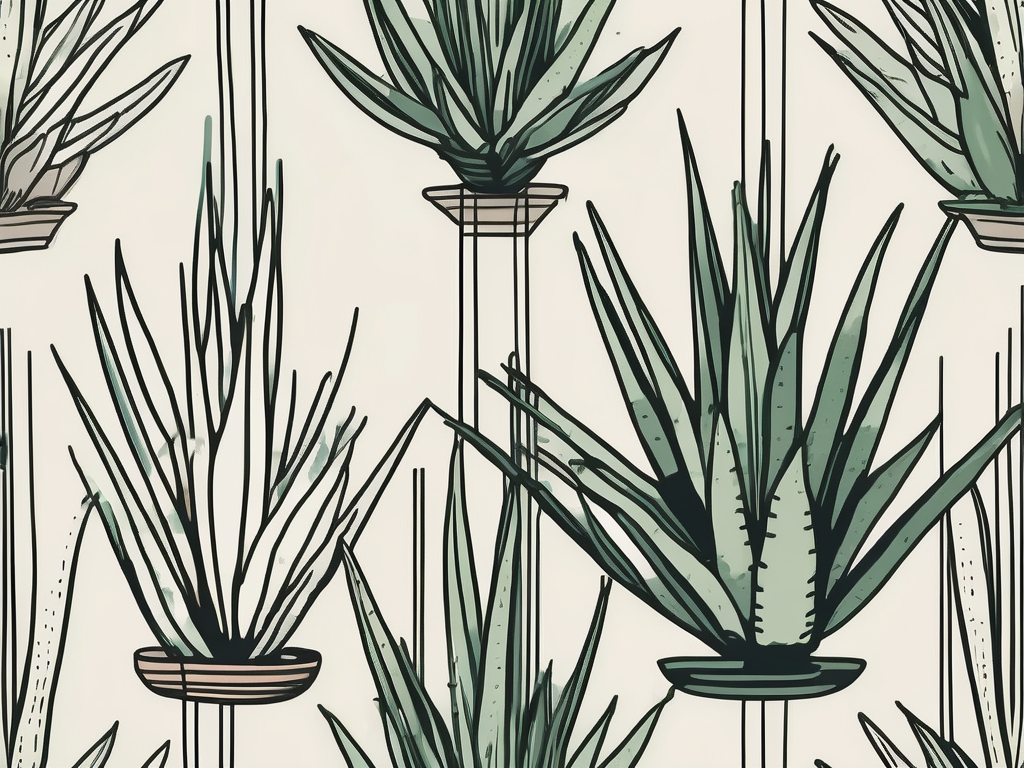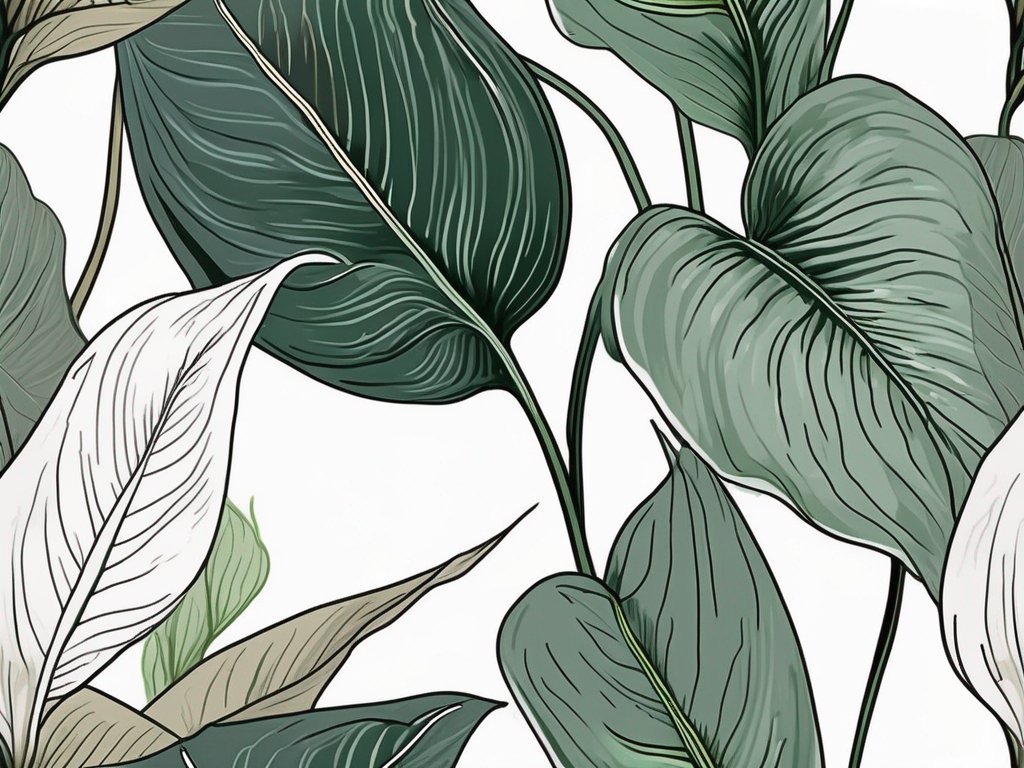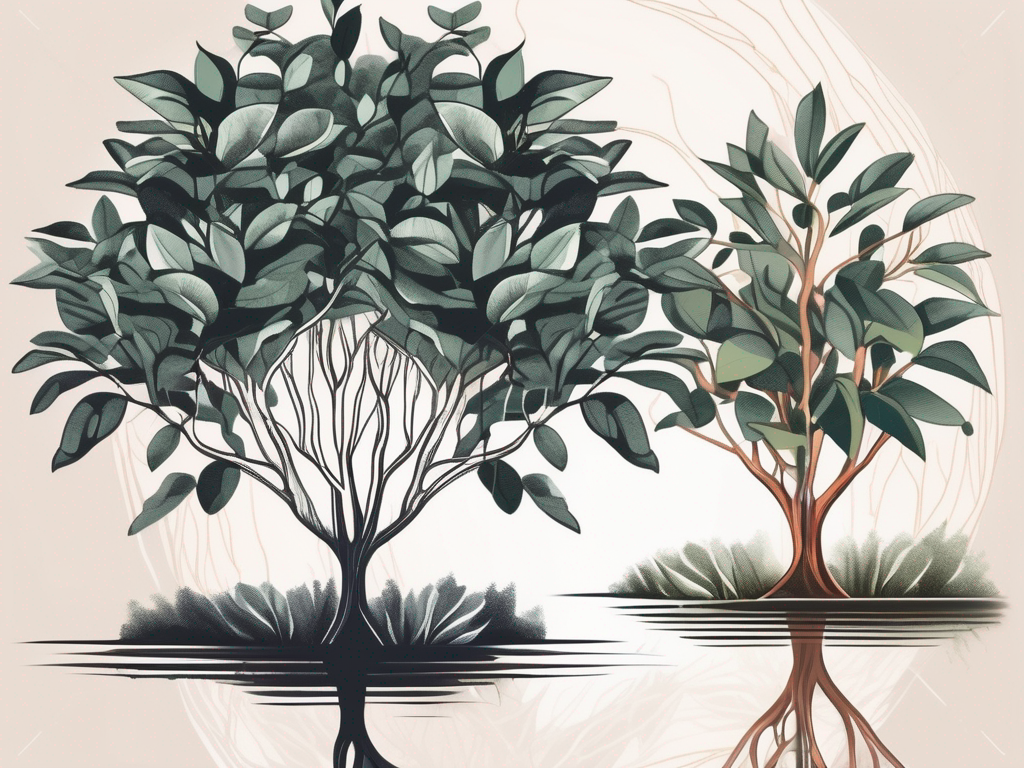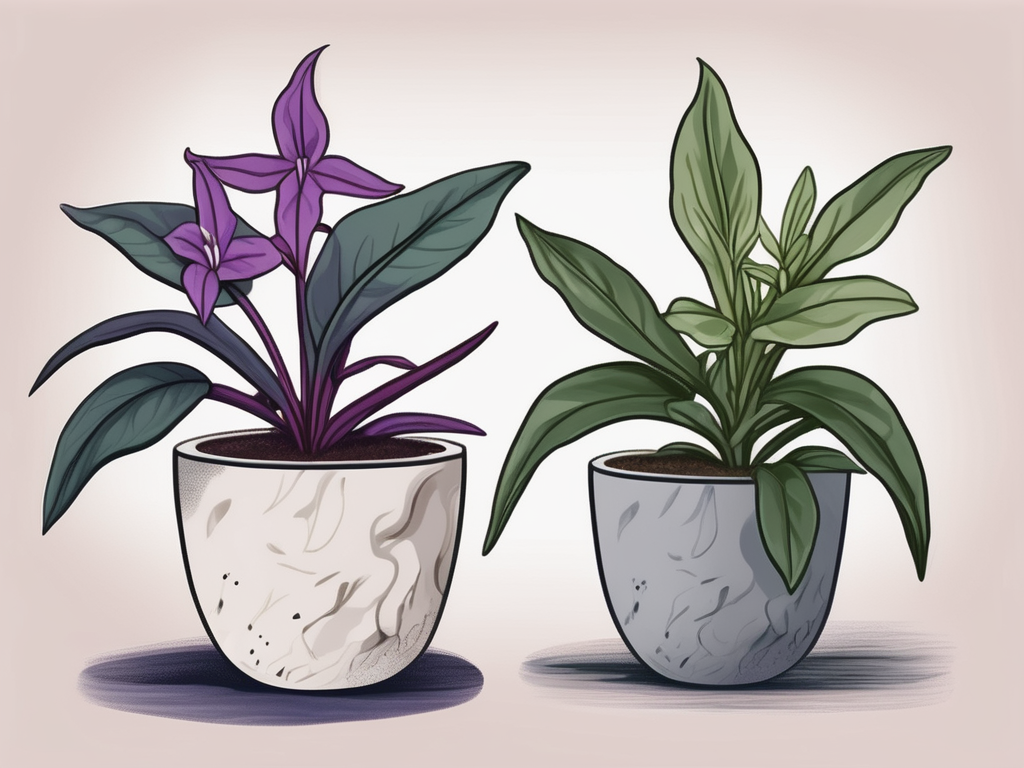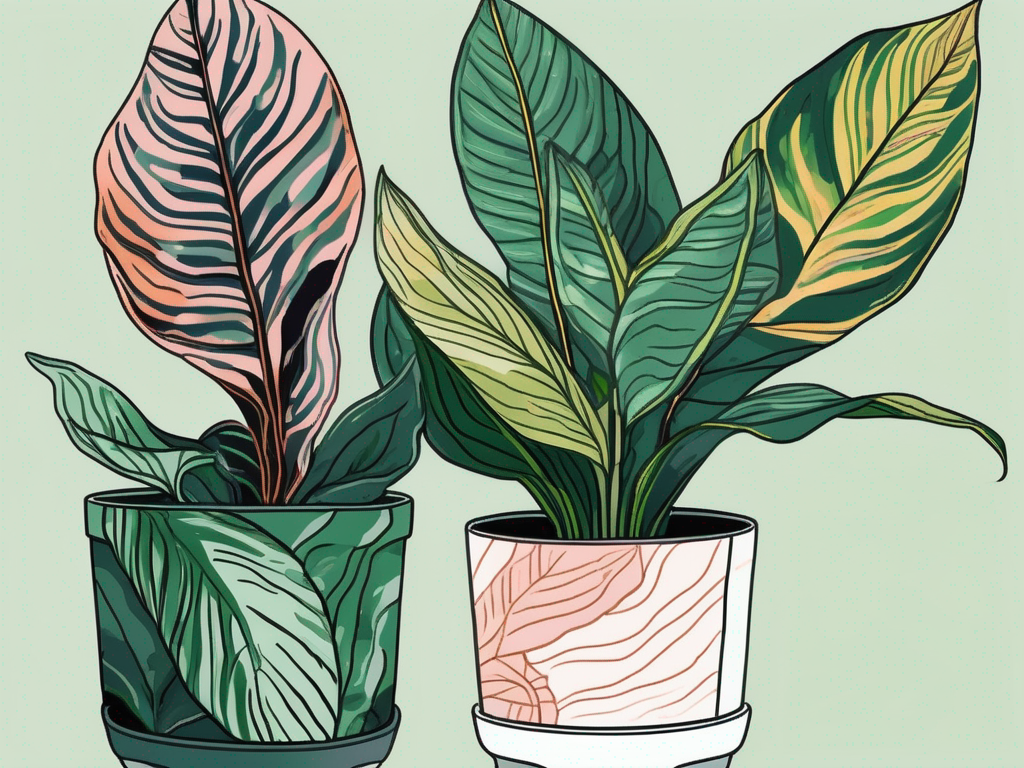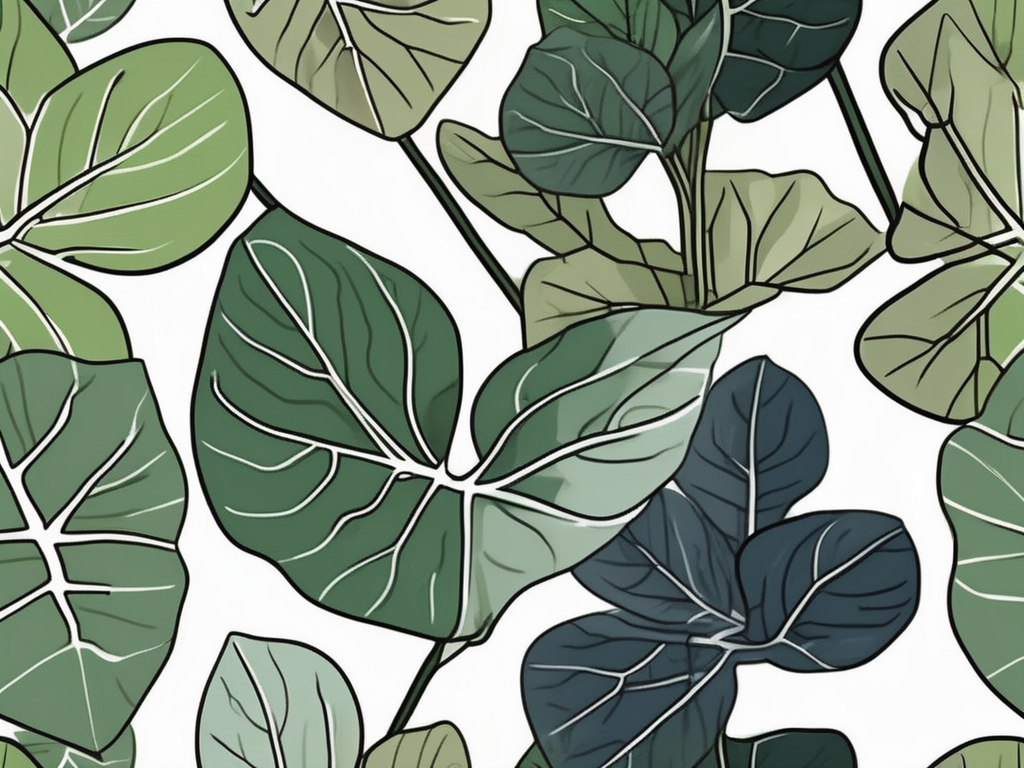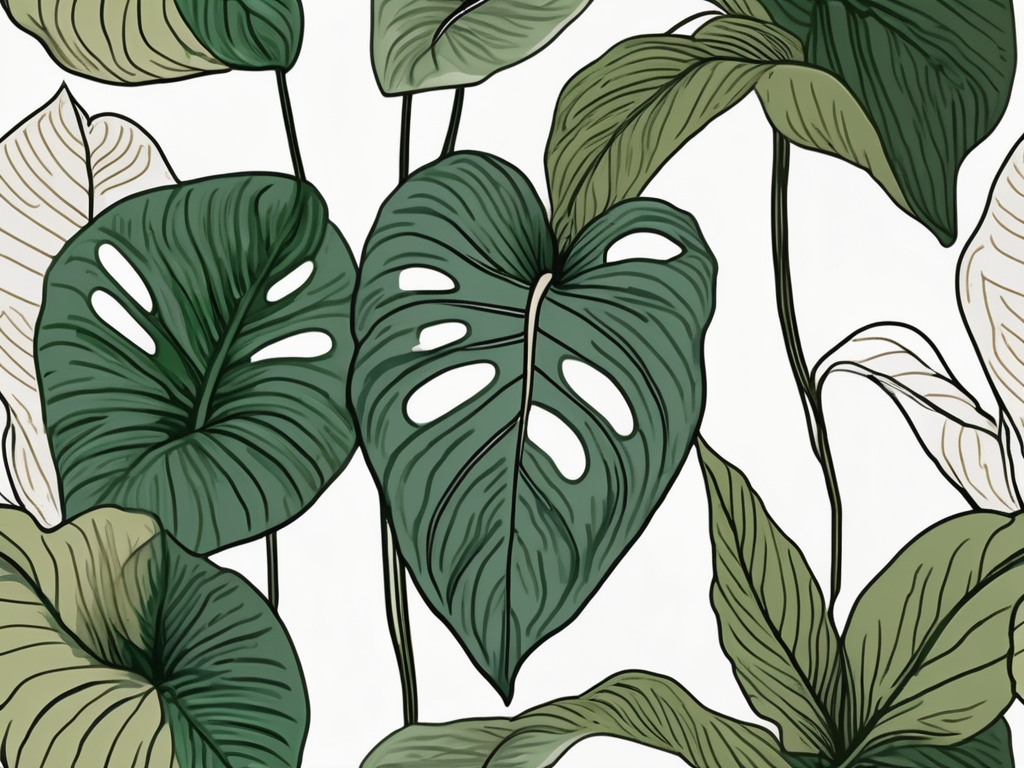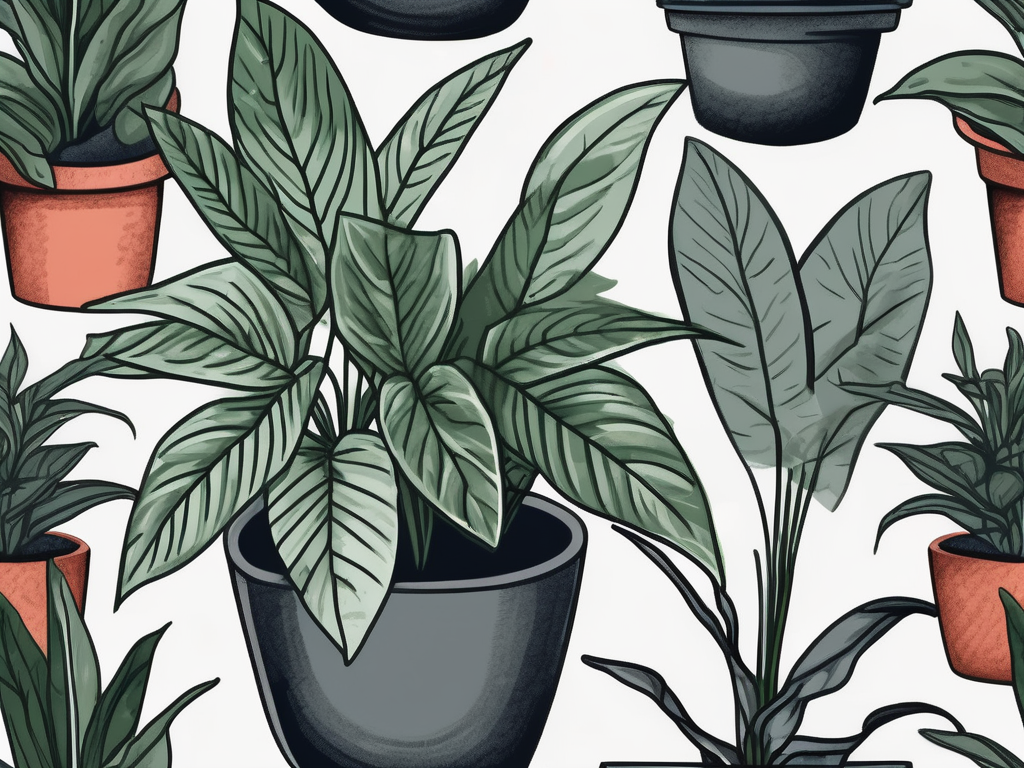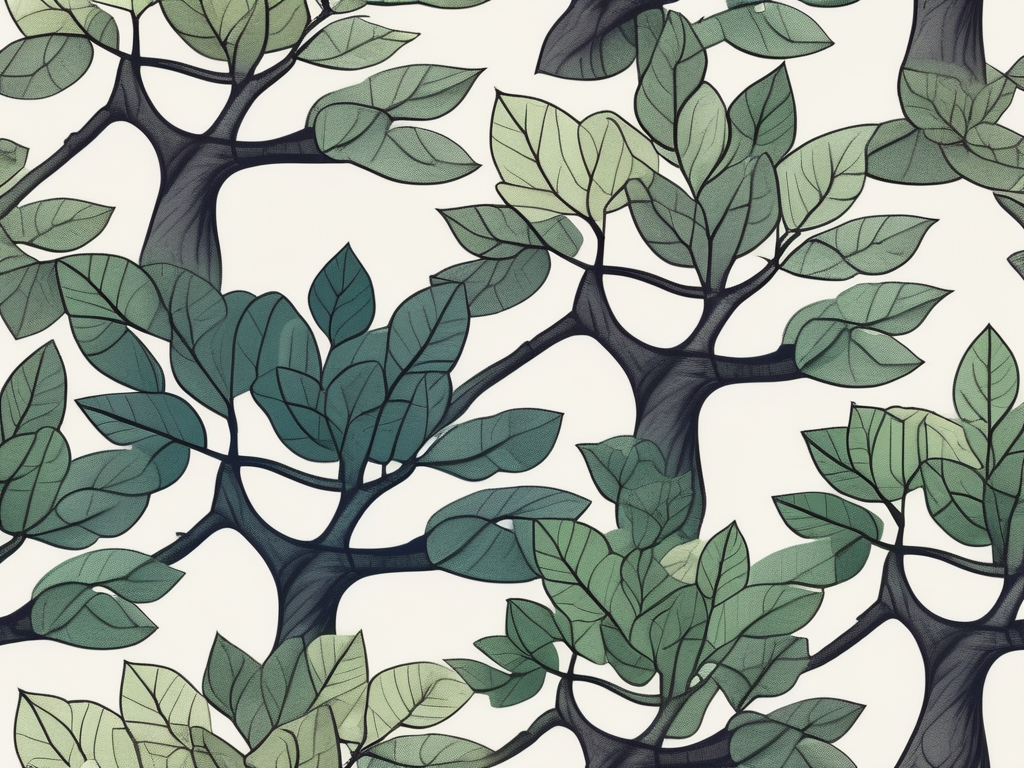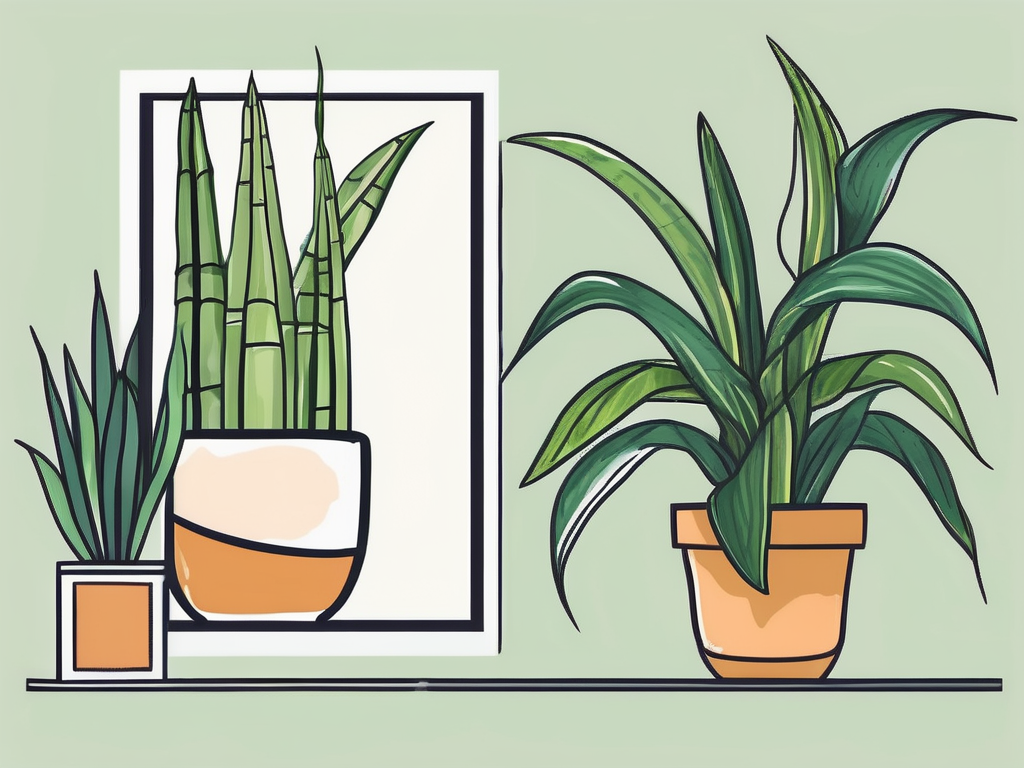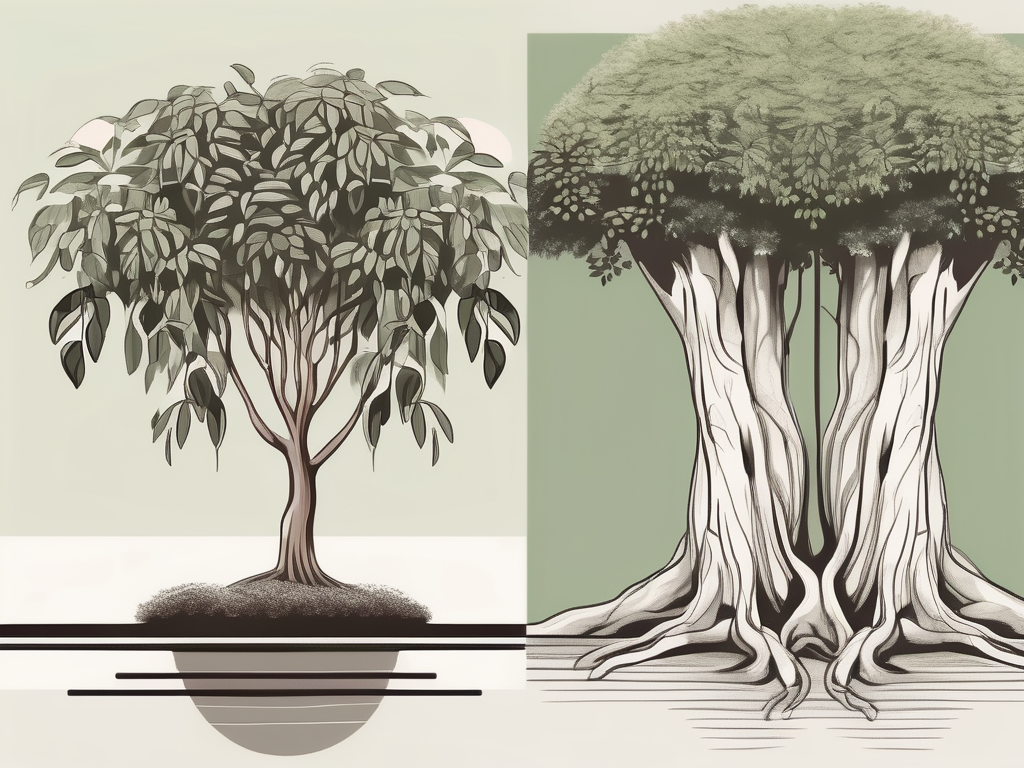
Choosing the right pot for your dracaena can make a world of difference in its health and growth. These beautiful plants are popular for their striking foliage and easy-going nature, making them a favorite among plant lovers. But, like any plant, they have specific needs that, when met, allow them to thrive.
In this guide, we'll chat about everything you need to know to pick the best pot for your dracaena. From the size and material to drainage and style, we'll cover it all. So, let's get started on this journey to help your dracaena feel right at home!
Why Pot Size Matters
One of the first things to consider when selecting a pot for your dracaena is size. You might think bigger is always better, but that's not necessarily the case. The size of the pot can significantly influence how well your dracaena grows.
A pot that's too small can constrict the roots, limiting the plant's growth and leading to issues like root rot. Your dracaena's roots need space to spread out and absorb nutrients effectively. On the flip side, a pot that's too big can cause problems too. Excess soil can retain too much water, creating a soggy environment that encourages root rot.
So, how do you find that sweet spot? A good rule of thumb is to choose a pot that's about 1-2 inches larger in diameter than the current root ball of your dracaena. This gives the roots room to grow without overwhelming them with too much soil.
Material Options: Pros and Cons
The material of the pot can influence not just the plant's health, but also the aesthetic of your space. Common materials include plastic, ceramic, and terracotta, each with its pros and cons.
Plastic Pots
- Pros: Lightweight and affordable, plastic pots are easy to move around and come in a variety of colors and styles. They're also less likely to break if dropped.
- Cons: They're less breathable compared to other materials, which can lead to overwatering issues if you're not careful.
Ceramic Pots
- Pros: Ceramic pots are aesthetically pleasing and come in many designs and colors. They're heavy, which can help stabilize taller plants.
- Cons: They can be quite fragile and might break easily if knocked over.
Terracotta Pots
- Pros: These pots are porous, allowing air and moisture to pass through, which can help prevent overwatering. They have a classic, earthy look that many plant people love.
- Cons: They tend to dry out more quickly, so you'll need to water your dracaena more frequently.
Each material has its charm and challenges, so it's all about what fits your style and how attentive you want to be with your watering schedule.
Drainage: A Non-Negotiable
Let's talk about drainage. It's not the most glamorous topic, but it's crucial for your dracaena's health. A pot with good drainage holes is essential to prevent water from pooling at the bottom, which can lead to root rot.
When you're shopping for pots, look for ones with at least one drainage hole at the bottom. If your heart is set on a pot without drainage (like some decorative ceramic or glass pots), you can use it as a cover pot. Simply plant your dracaena in a plastic pot with drainage holes, and place it inside the decorative pot. This way, you can remove the inner pot to water and let it drain completely before putting it back.
Remember, it's better to have a pot with too many drainage holes than too few. You can always add a tray underneath to catch excess water and protect your floors or furniture.
Pot Style and Aesthetic
Your dracaena's pot isn't just about function—it's also a chance to express your style and enhance your space. With so many options available, you can find pots that perfectly match your decor.
Consider the color scheme and overall aesthetic of your room. Do you want the pot to blend in or stand out as a statement piece? Neutral colors like white, black, or beige can create a subtle, sophisticated look, while bold colors or patterns can add a pop of personality.
Think about the shape as well. Round pots are classic and versatile, while more angular or unique shapes can add interest. Hanging pots or elevated stands can also create visual variety and make the most of your vertical space.
Ultimately, the style of the pot should reflect your personal taste and complement the beauty of the dracaena. It's an opportunity to create a harmonious and inviting environment in your home.
Repotting Your Dracaena
Repotting might sound like a daunting task, but it's a necessary part of plant care. Your dracaena will eventually outgrow its pot, and knowing when and how to repot it is essential for its health.
You'll know it's time to repot when you notice roots growing out of the drainage holes, the plant seems to be top-heavy, or it's been about 2-3 years since the last repotting. Spring or early summer is the best time to repot, as this is when the plant is actively growing.
Steps to Repot
- Prepare the new pot: Choose a pot that's 1-2 inches larger than the current one, and make sure it has drainage holes.
- Remove the plant: Gently take the dracaena out of its old pot. You might need to tap the sides or loosen the soil to make this easier.
- Examine the roots: Check for any dead or rotting roots and trim them away.
- Place in the new pot: Add a layer of fresh potting mix at the bottom, place the plant in the center, and fill around it with more mix.
- Water thoroughly: Once repotted, water your dracaena well and let it drain completely.
Repotting gives your dracaena a fresh start and encourages healthy growth, so don't be afraid to tackle this task when the time comes.
Soil Matters Too
While we're on the subject of pots, let's not forget the soil. Dracaenas prefer well-draining soil that allows their roots to breathe and stay healthy.
You can use a standard potting mix, but it's often beneficial to mix in some perlite or sand to improve drainage. Some plant lovers also use cactus or succulent mix, which tends to drain well and prevent waterlogging.
Whichever mix you choose, avoid heavy garden soil or mixes with a lot of moisture-retaining additives like peat moss. These can retain too much water and suffocate the roots.
Remember, the goal is to create an environment where water can flow freely through the soil, keeping your dracaena's roots happy and healthy.
Location: Finding the Perfect Spot
Once your dracaena is settled in its ideal pot, you'll want to find the best spot in your home for it to shine. Dracaenas are generally quite adaptable, but they do have preferences when it comes to light and placement.
Dracaenas thrive in bright, indirect light, so placing them near a window where they can receive filtered sunlight is ideal. Avoid direct sunlight, as it can scorch the leaves. If your space is a bit darker, don't worry—dracaenas can tolerate lower light conditions, though their growth might slow a bit.
Consider the temperature and humidity, too. Dracaenas prefer temperatures between 65-75°F (18-24°C) and don't like drafts or sudden temperature changes. If your home is dry, especially in winter, try misting the leaves occasionally or using a humidifier to keep them happy.
By finding the right spot in your home, you can ensure your dracaena not only survives but truly thrives.
Decorative Touches: Adding Flair to Your Pot
Once you've got the perfect pot and location, you might want to add a few decorative touches to really make your dracaena stand out. This can be a fun way to personalize your plant and make it a true reflection of your style.
Consider topping the soil with decorative stones or pebbles. This not only looks pretty but can also help retain moisture and keep the soil from drying out too quickly. Just make sure not to cover the soil completely, as this can hinder air circulation.
If you like a more natural look, try adding some moss or small pieces of driftwood around the base of the plant. This can create a mini-ecosystem vibe and add a touch of nature to your space.
Finally, consider the area surrounding the pot. You could place it on a decorative tray, add a small plant stand, or even group it with other plants to create a lush display. The possibilities are endless, and the goal is to create a space that brings you joy every time you see it.
Final Thoughts
Choosing the right pot for your dracaena involves considering factors like size, material, drainage, and style. By paying attention to these details, you can help your dracaena thrive and create a beautiful addition to your home.
At Cafe Planta, we believe in the power of plants to bring people together and make spaces more inviting. Whether you're a seasoned plant parent or just starting out, we're here to help you on your plant journey. Feel free to reach out to us via email or follow us on Instagram for more tips and plant inspiration!

